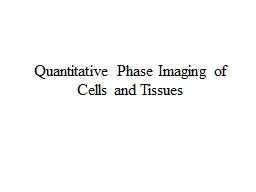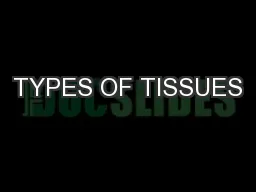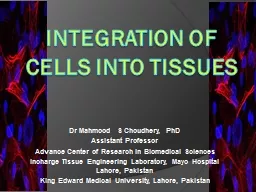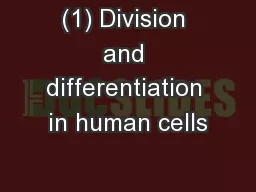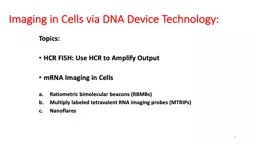PPT-Quantitative Phase Imaging of Cells and Tissues
Author : lindy-dunigan | Published Date : 2018-12-19
Chaps12 Introduction and groundwork Light Microscopy Started around 1600 during and played a central role in the Scientific Revolution Much of the efforts in the
Presentation Embed Code
Download Presentation
Download Presentation The PPT/PDF document "Quantitative Phase Imaging of Cells and ..." is the property of its rightful owner. Permission is granted to download and print the materials on this website for personal, non-commercial use only, and to display it on your personal computer provided you do not modify the materials and that you retain all copyright notices contained in the materials. By downloading content from our website, you accept the terms of this agreement.
Quantitative Phase Imaging of Cells and Tissues: Transcript
Download Rules Of Document
"Quantitative Phase Imaging of Cells and Tissues"The content belongs to its owner. You may download and print it for personal use, without modification, and keep all copyright notices. By downloading, you agree to these terms.
Related Documents

